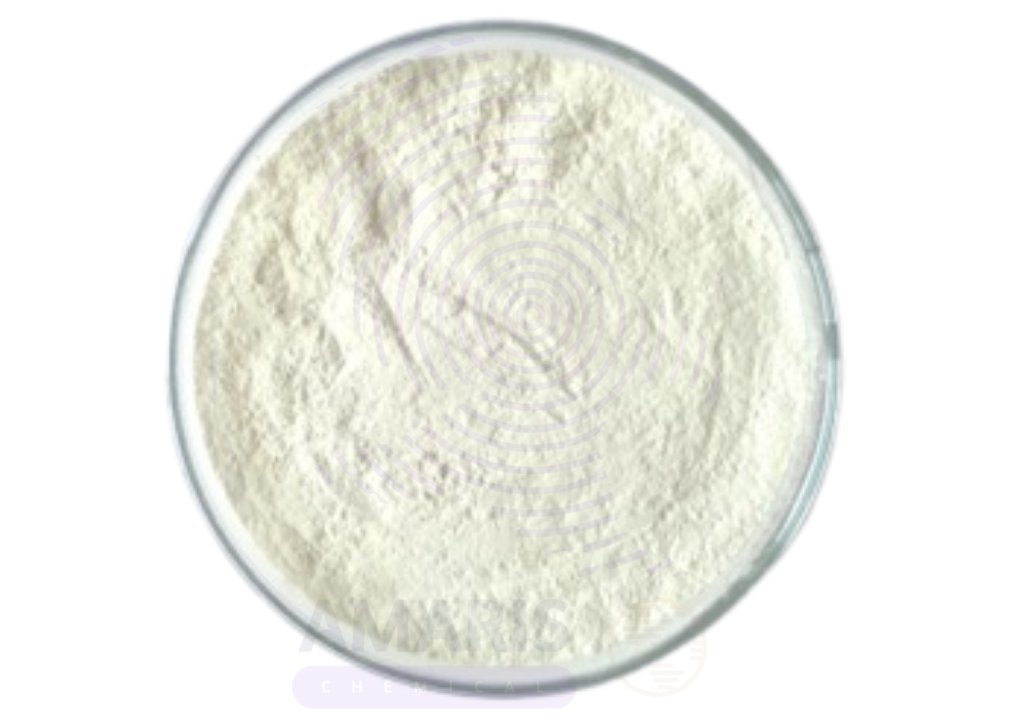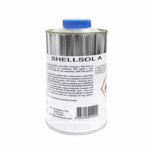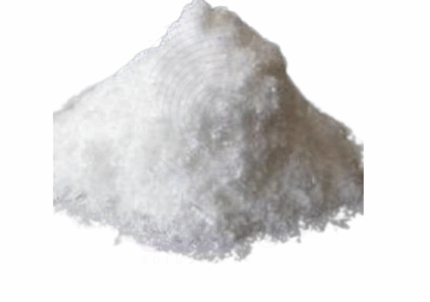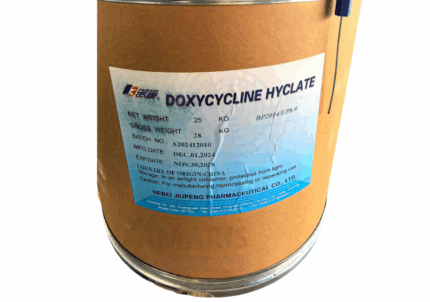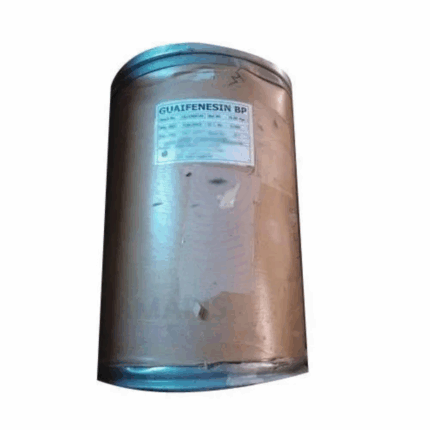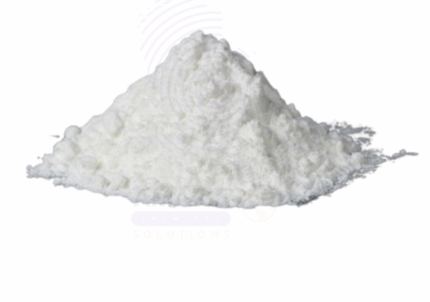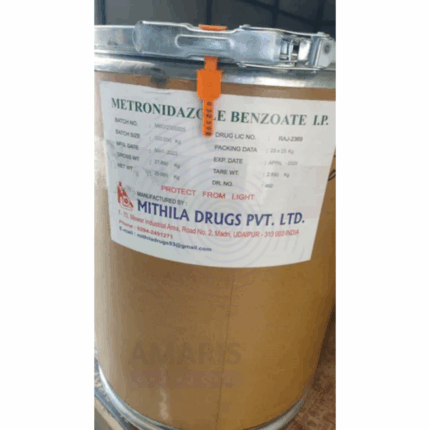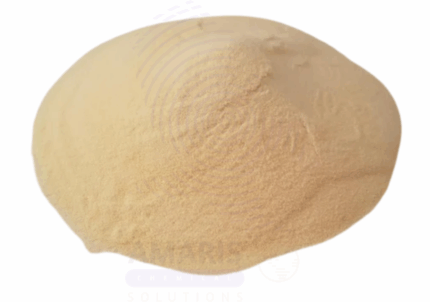Oxyclozanide Vet BP
Oxyclozanide Vet BP is a veterinary anthelmintic effective mainly against liver fluke (Fasciola hepatica) and some intestinal flukes in ruminants such as cattle, sheep, and goats. It works by interfering with the parasite’s energy metabolism, leading to parasite death and improving animal health and productivity.
Oxyclozanide Vet BP
Primary Uses
- Liver Fluke Control in Ruminants
- Treats acute and chronic infections caused by Fasciola hepatica.
- Reduces liver damage and associated clinical symptoms (anemia, weight loss).
- Improves productivity (milk yield, weight gain) in infected animals.
- Control of Intestinal Trematodes
- Effective against Paramphistomum spp. and other rumen flukes.
- Helps maintain gastrointestinal health and digestion efficiency.
- Veterinary Anthelmintic Therapy
- Used as a stand-alone treatment for fluke infections in cattle and sheep.
- Administered orally in doses according to veterinary prescription.
Secondary Uses
- Preventive Deworming Programs
- Used strategically during high-risk seasons to prevent heavy fluke infestations.
- Reduces pasture contamination by minimizing parasite egg shedding.
- Combination Therapy
- Occasionally combined with other antiparasitic agents (e.g., albendazole) for broader parasite spectrum coverage.
- Goat and Other Ruminant Use
- Off-label use under veterinary supervision for fluke treatment in goats and other ruminants.
- Improvement of Meat and Dairy Quality
- By controlling parasitic infections, it helps improve overall animal health and product quality.
- Use in Mixed-Parasite Infections
- Helpful in farms where liver fluke infections occur alongside other gastrointestinal parasites, as part of integrated parasite management.
- Research and Diagnostic Uses
- Used in veterinary research to study fluke resistance and pharmacodynamics.
1. Basic Identification Attributes
- Chemical Name (IUPAC): 2-[(4-Chlorophenyl)carbamoyl]-3,5-dichlorobenzoic acid
- Common/Trade Name: Oxyclozanide Vet BP
- CAS Number: 2272-92-8
- HS Code: 2933.79.90
- Synonyms: Oxyclozanide; Salicylanilide derivative
2. Physical & Chemical Properties
- Physical State: White to off-white crystalline powder
- Color & Odor: Odorless to mild characteristic odor
- Solubility: Slightly soluble in water; soluble in organic solvents such as ethanol and acetone
- Melting Point: Approximately 195–200 °C
3. Safety & Hazard Attributes
- GHS Classification: Not classified as hazardous; standard veterinary chemical precautions apply
- Toxicity: Low toxicity to mammals when used as directed
- Exposure Limits: Use protective equipment to avoid dust inhalation
4. Storage & Handling Attributes
- Storage Conditions: Store in a cool, dry, well-ventilated area away from direct sunlight
- Container Type: Supplied in sealed plastic or paper bags with liners
- Shelf Life: Typically 2 years if stored properly
- Handling Precautions: Avoid inhalation and prolonged skin contact; use gloves and dust mask if necessary
5. Regulatory & Compliance Attributes
- Complies with BP (British Pharmacopoeia) veterinary standards
- Approved for veterinary use under relevant national regulations
6. Environmental & Health Impact
- Biodegradability: Moderate biodegradability
- Ecotoxicity: Avoid release into the environment to prevent aquatic toxicity
- Bioaccumulation: Not expected to bioaccumulate
- Carcinogenicity/Mutagenicity: No evidence of carcinogenic or mutagenic effects
Safety Handling Precautions
- PPE Required: Gloves, dust mask, and safety goggles recommended during handling
- Handling Guidelines: Use in well-ventilated areas; avoid inhaling dust and contact with skin and eyes
- Storage Measures: Keep containers tightly closed and away from incompatible substances
First Aid Measures
- Inhalation: Move affected person to fresh air; seek medical advice if symptoms develop
- Skin Contact: Wash skin thoroughly with soap and water; seek medical attention if irritation occurs
- Eye Contact: Rinse immediately with plenty of water for at least 15 minutes; consult a doctor if irritation persists
- Ingestion: Do not induce vomiting; seek medical attention promptly
Firefighting Measures
- Fire Hazards: Non-flammable
- Extinguishing Media: Use water spray, foam, dry chemical, or CO₂ extinguishers as appropriate
- Special Precautions: Use standard protective firefighting gear
- Hazardous Combustion Products: May produce toxic fumes under fire conditions
Related products
Carbocisteine AJI 92
Doxycycline Hyclate BP
Guaiphenesin BP
Lidocaine HCL BP
Methyl Salicylate BP
Metronidazole Benzoate BP
Miconazole Nitrate BP
Miconazole Nitrate BP is a high-purity, pharmaceutical-grade antifungal agent conforming to British Pharmacopoeia (BP) specifications. It is widely used in the formulation of topical and oral pharmaceutical products for the treatment of fungal infections caused by dermatophytes and yeasts, including Candida species. Miconazole Nitrate functions by inhibiting the biosynthesis of ergosterol, a vital component of fungal cell membranes, leading to cell death.
This white to off-white crystalline powder is highly effective and exhibits broad-spectrum antifungal and some antibacterial activity. It is commonly utilized in creams, ointments, powders, and gel formulations.


 Preservatives(food)
Preservatives(food) Flavor Enhancers
Flavor Enhancers Acidulants
Acidulants Sweeteners
Sweeteners Antioxidants
Antioxidants Colorants(food)
Colorants(food) Nutraceutical Ingredients (food)
Nutraceutical Ingredients (food) Nutrient Supplements
Nutrient Supplements Emulsifiers
Emulsifiers
 Collectors
Collectors Dust Suppressants
Dust Suppressants Explosives and Blasting Agents
Explosives and Blasting Agents Flocculants and Coagulants
Flocculants and Coagulants Frothers
Frothers Leaching Agents
Leaching Agents pH Modifiers
pH Modifiers Precious Metal Extraction Agents
Precious Metal Extraction Agents
 Antioxidants(plastic)
Antioxidants(plastic) Colorants (Pigments, Dyes)
Colorants (Pigments, Dyes) Fillers and Reinforcements
Fillers and Reinforcements Flame Retardants
Flame Retardants Monomers
Monomers Plasticizers
Plasticizers Polymerization Initiators
Polymerization Initiators Stabilizers (UV, Heat)
Stabilizers (UV, Heat)
 Antifoaming Agents
Antifoaming Agents Chelating Agents
Chelating Agents Coagulants and Flocculants
Coagulants and Flocculants Corrosion Inhibitors
Corrosion Inhibitors Disinfectants and Biocides
Disinfectants and Biocides Oxidizing Agents
Oxidizing Agents pH Adjusters
pH Adjusters Scale Inhibitors( water)
Scale Inhibitors( water)
 Antioxidants(cosmetic)
Antioxidants(cosmetic) Emollients
Emollients Fragrances and Essential Oils
Fragrances and Essential Oils Humectants
Humectants Preservatives
Preservatives Surfactants(cosmetic)
Surfactants(cosmetic) Thickeners
Thickeners UV Filters
UV Filters
 Fertilizers
Fertilizers Soil Conditioners
Soil Conditioners Plant Growth Regulators
Plant Growth Regulators Animal Feed Additives
Animal Feed Additives Biostimulants
Biostimulants Pesticides (Herbicides, Insecticides, Fungicides)
Pesticides (Herbicides, Insecticides, Fungicides)
 Active Pharmaceutical Ingredients (APIs)
Active Pharmaceutical Ingredients (APIs) Excipients
Excipients Solvents(pharmaceutical)
Solvents(pharmaceutical) Antibiotics
Antibiotics Antiseptics and Disinfectants
Antiseptics and Disinfectants Vaccine Adjuvants
Vaccine Adjuvants Nutraceutical Ingredients (pharmaceutical)
Nutraceutical Ingredients (pharmaceutical) Analgesics & Antipyretics
Analgesics & Antipyretics
 Analytical Reagents
Analytical Reagents Solvents(lab)
Solvents(lab) Chromatography Chemicals
Chromatography Chemicals Spectroscopy Reagents
Spectroscopy Reagents microbiology-and-cell-culture-reagents
microbiology-and-cell-culture-reagents Molecular Biology Reagents
Molecular Biology Reagents Biochemical Reagents
Biochemical Reagents Inorganic and Organic Standards
Inorganic and Organic Standards Laboratory Safety Chemicals
Laboratory Safety Chemicals Specialty Laboratory Chemicals(Special Laboratory Equipment)
Specialty Laboratory Chemicals(Special Laboratory Equipment)
 Demulsifiers
Demulsifiers Hydraulic Fracturing Fluids
Hydraulic Fracturing Fluids Scale Inhibitors(oil)
Scale Inhibitors(oil) Surfactants(oil)
Surfactants(oil) Drilling Fluids
Drilling Fluids
 Dyes and Pigments
Dyes and Pigments Bleaching Agents
Bleaching Agents Softening Agents
Softening Agents Finishing Agents
Finishing Agents Antistatic Agents
Antistatic Agents
 Admixtures
Admixtures Waterproofing Agents
Waterproofing Agents Sealants and Adhesives
Sealants and Adhesives Curing Compounds
Curing Compounds Concrete Repair Chemicals
Concrete Repair Chemicals Anti-Corrosion Coatings
Anti-Corrosion Coatings
 Surfactants(cleaning)
Surfactants(cleaning) Builders
Builders Enzymes
Enzymes Solvents (Cleaning)
Solvents (Cleaning) Fragrances
Fragrances
 Electronic Chemicals
Electronic Chemicals Catalysts
Catalysts Lubricants
Lubricants Photographic Chemicals
Photographic Chemicals Refrigerants
Refrigerants Automotive chemicals
Automotive chemicals Pyrotechnic Chemicals
Pyrotechnic Chemicals
 Biodegradable Surfactants
Biodegradable Surfactants Bio-based Solvents
Bio-based Solvents Renewable Polymers
Renewable Polymers Carbon Capture Chemicals
Carbon Capture Chemicals Wastewater Treatment Chemicals
Wastewater Treatment Chemicals
 Pigments
Pigments Solvents(paint)
Solvents(paint) Specialty Coatings
Specialty Coatings Binders/Resins
Binders/Resins Additives
Additives Driers
Driers Anti-Corrosion Agents
Anti-Corrosion Agents Functional Coatings
Functional Coatings Application-Specific Coatings
Application-Specific Coatings
 Fresh Herbs
Fresh Herbs Ground Spices
Ground Spices Whole Spices
Whole Spices Spice Blends
Spice Blends Dried Herbs
Dried Herbs
 Leavening Agents
Leavening Agents Dough Conditioners
Dough Conditioners Flour Treatments
Flour Treatments Fat Replacers
Fat Replacers Decoratives
Decoratives Preservatives(baking)
Preservatives(baking)
 Plasticizers & Softeners
Plasticizers & Softeners Reinforcing Agents
Reinforcing Agents Adhesion Promoters
Adhesion Promoters Vulcanizing Agents
Vulcanizing Agents Antidegradants
Antidegradants Blowing Agents
Blowing Agents Fillers & Extenders
Fillers & Extenders Accelerators & Retarders
Accelerators & Retarders